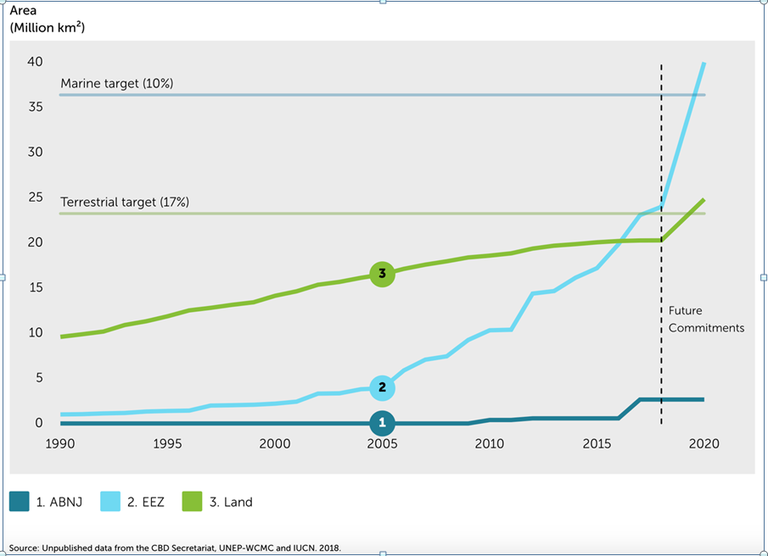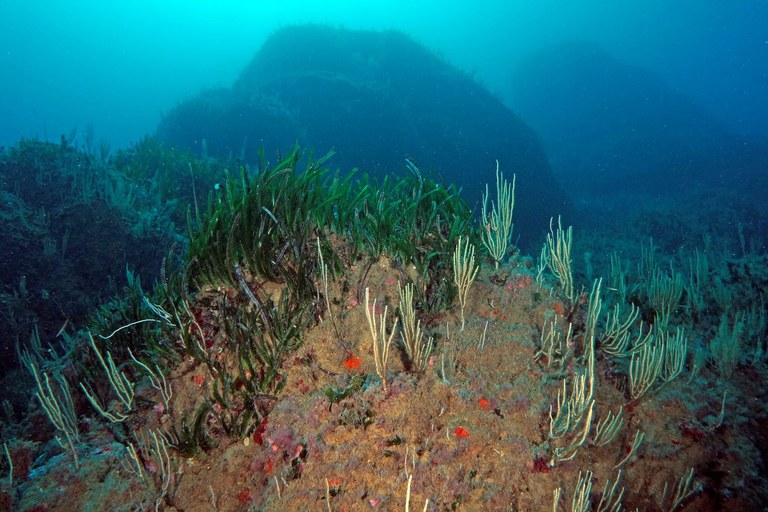Interview with Chedly Rais in Light of the Conference of Parties on Conservation of Biodiversity
The fourteenth meeting of the Conference of the Parties (COP 14) to the Convention on Biological Diversity, held in Sharm el-Sheikh, Egypt, delivered a number of decisions that would guide future conservation drives and methods.
We were able to interview Mr. Chedly Rais, a Mediterranean ecologist and marine diversity expert. Mr. Chedly Rais had a number of interesting ideas to share.
Question/ While there are many reasons to be concerned about the marine environmental status worldwide, are there some reasons to be optimistic about the world's oceans in 2019, and concerning the Mediterranean Sea in particular?
Reply/ There are reasons to be optimistic for the future of the oceans in 2019, but without any significant hope for results. Indeed, even though the evolution towards an improvement of the status of oceans and the reduction of threats they face are slow, many countries have engaged in promising initiatives for 2019.
At the Mediterranean level, the marine strategy launched by the European Union for its member countries is particularly interesting. It aims to achieve the Good Environmental Status while addressing several different aspects, fostering the integration of the ecosystem approach to achieve more tangible and sustainable results.
There is one point to note, however, that if the reasons for optimism exist for certain domains or regions, it is unrealistic to be optimistic for others. This is notably the case with climate change. The effects of which are becoming more and more perceptible while the pace of measures taken for its mitigation is insufficient to suggest positive results in the immediate future.
The same goes for the accumulation of plastic litter in the oceans and the threats brought about by microplastics, along with underwater noise. For both issues, it is difficult to be optimistic about the countries' response to them.
The evolution of MPAs in the world and in the Mediterranean is a reason for optimism. Indeed, following the global call through the CBD Aichi targets, a visible effort can be seen all around the world for the deployment of more MPAs. There is also a great effort underway to improve the management of MPAs and to further integrate them into the socio-economic context of the regions and places where they have been deployed.
The next CBD COP will be called to define a post-2020 framework for biodiversity conservation. It is important that the Mediterranean region adheres, via its countries, to this process that was launched last year to support and define this framework.
Question/ If there were to be 3 actions to undertake in 2019 to address the growing fragility of marine ecosystems in the Mediterranean, what could they be?
Reply/
- Launch a major initiative to be more knowledgeable about and safeguard the Mediterranean deep-sea This would involve undertaking field campaigns to improve the knowledge on the marine deep habitats in the Mediterranean. The results of the campaign should be then used to take action. This includes the establishment of MPAs in regular areas and the ABNJs [Areas Beyond National Jurisdiction].
- Finalize an Atlas of Posidonia oceanica meadows and work to obtain each and every Mediterranean region country’s commitment to create MPAs to protect 25% of the meadows coverage.
- Develop and adopt an action plan to reduce the impact of plastics on biodiversity.
Mr. Rais predictions for the future show a pragmatic approach to the idea of marine conservation and protecting of biodiversity. Although the CBD has been successful to a degree (as seen in the figure below) ever since the first COP meeting in 1993, there still exist various areas where they need to focus on. Many conservationists advocate to establish more effectively managed MPAs and have a more integrated approach to marine biodiversity conservation. However, as Mr. Rais points out, that can only happen if the relevant parties take the necessary steps to implement the existing framework.

Growth in protected areas coverage on land and in the ocean
The following figure shows growth in protected areas coverage on land and in the ocean (EEZ and ABNJ) between 1990 and 2018 and projected growth to 2020 according to commitments from countries and territories.
MPAs have increased more than 15-fold since 1993 when the CBD entered into force.

